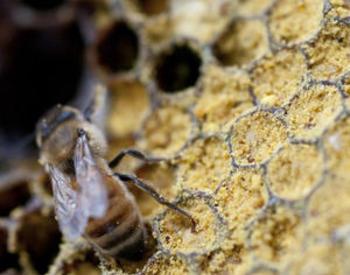Pollinator numbers have declined due to habitat destruction and incorrect chemical use. However, you can create a beautiful pollinator paradise in your home landscape by following these planting guidelines.
Native plants often provide good sources of nectar and pollen for our native pollinators, so be sure to include native wildflowers, shrubs and trees in your landscape.
Provide a source of water with a birdbath, a small muddy area or a fountain. Allow some areas of unmulched, bare ground. More than 75% of our native bees need these areas for nesting.
Planting for success:
- Provide flowers from early spring to late fall.
- Include variety in flower color, shape and size.
- Plant some larger plants to provide shelter.
- Plant in sunny spots. Most pollinator plants prefer sun.
- Plant in groups of the same flowering plant.
Butterflies prefer:
- Red, orange, yellow and purple flowers.
- Flat flowers shaped like daisies, zinnias and coreopsis.
- Small flowers in clusters, such as lilac, milkweed, catmint, verbena, lupine and goldenrod.
Bees prefer:
- White, yellow, purple and blue flowers.
- Flat flowers shaped like daisies, berry blooms and dahlias.
- Tiny flowers in clusters, such as lavender, sedums, catmint, clover, ninebark, spiraea and milkweed.
Hummingbirds prefer:
- Red, pink and orange flowers.
- Flowers shaped like tubes in all sizes, such as bee balm, honeysuckle, penstemon and hardy fuchsias.
Pollinator garden resources
- How to create a pollinator-friendly landscape
- Enhancing Urban and Suburban Landscapes to Protect Pollinators
- Xerces Society Pollinator-Friendly Plant Lists
- Selecting Plants for Pollinators: A Regional Guide for the Pacific Lowland Mixed Forest Province (PDF)
- Plants for Pollinators in Oregon (PDF)
- Great Plant Picks



















